
Humans have always migrated—not only across physical spaces but also through shifts in work and thought. Each major technological revolution has driven such migrations: from fields to factories, muscles to machines, analog habits to digital reflexes. These changes transformed not just our work but our identity and sense of value. A striking early 20th-century example illustrates this: In 1890, over 13, 000 U. S. companies built horse-drawn carriages; by 1920, fewer than 100 remained. Within one generation, an entire industry vanished, displacing millions of workers, dismantling trades, reshaping city life, and enabling mass continental mobility. Technological progress does not seek consent. Today, as AI advances, humans face a cognitive migration. This shift is less physical and more mental—moving away from tasks machines master rapidly toward arenas requiring human creativity, ethical reasoning, and emotional insight. History abounds with such migrations. From the Industrial Revolution to the digital age, machinery has continually demanded new skills, institutions, and narratives about contribution, creating new winners and leaving others behind. **The Framing Shift: IBM’s “Cognitive Era”** In October 2015, IBM CEO Ginni Rometty announced the “Cognitive Era” at a Gartner conference. This marked not just a marketing campaign but a strategic redirection and a signal to the tech industry about a new computing phase. Unlike earlier programmable systems operating strictly on human-coded rules, cognitive systems learn, adapt, and improve over time via machine learning (ML) and natural language processing (NLP). They infer, synthesize, and interact. Central to this vision was IBM’s Watson, famous for beating human champions on *Jeopardy!* in 2011. However, Watson’s real promise lay in amplifying human intelligence—helping doctors analyze thousands of clinical trials or assisting lawyers with case law analysis—acting as a cognitive co-pilot rather than a replacement. This reframing emphasized partnership over automation, promoting “augmented intelligence” instead of “artificial intelligence. ” Yet, it implicitly acknowledged that cognitive labor—once the domain of white-collar professionals—was now vulnerable to automation. Just as the steam engine displaced physical labor, cognitive computing began encroaching on language, diagnosis, and judgment. IBM’s declaration was optimistic and sobering: envisioning a future of enhanced human capability alongside machines, but also one demanding new value migrations into areas machines struggle with—meaning-making, emotional resonance, ethical reasoning. This announcement heralded the next great migration—not of bodies, but of minds—challenging not only skills but identity itself. **The First Great Migration: From Field to Factory** To grasp the uniqueness of today’s cognitive migration, we must briefly revisit past migrations. The Industrial Revolution initiated the first massive labor shift—from rural agrarian work to industrial factory labor. Steam power and mechanization uprooted millions into cities, turning local, seasonal, and physical labor into regimented, specialized, and efficiency-driven work. This transition transformed individual identity: blacksmiths and cobblers became parts of industrial machines regulated by time clocks and shift work.
Skills, routines, and social hierarchies all shifted. Institutions followed: education expanded to create literate industrial workers, labor laws adapted, unions formed, and cities grew, often chaotically. It was traumatic but foundational to the modern machine-shaped world. A pattern emerged: technology displaces, and society adapts—sometimes gradually, sometimes violently—until reaching a new equilibrium. The Industrial Revolution demanded our bodies; the next would demand our minds. **The Digital Revolution: From Factory Floor to Office Tower** The mid-20th century through the 1990s saw computing reshape work again, replacing mechanical tasks with information processing and symbolic manipulation. Clerks became data analysts; designers, digital architects. Work shifted from factories to offices and eventually to our pockets. Knowledge work became dominant and aspirational, with computers and spreadsheets as new tools. This migration redefined productivity cognitively—memory, organization, abstraction—and created inequality between those who mastered digital tools and those left behind. Institutions scrambled: schools taught “21st-century skills, ” companies reorganized workflows, and professional identity shifted from laborer to knowledge worker. The change was less traumatic than the Industrial Revolution but no less profound. **Now: The Most Profound Migration** As we advance deeper into the 21st century, even knowledge work faces automation. The current cognitive migration challenges the core of what we believed irreplaceable—our rational mind. AI forces us to move toward our uniquely human strengths: creativity, ethics, empathy, meaning, and spirituality. This migration is profound because it compels us not just to survive a shift but to rediscover our identity beyond productivity and redefine our true value. **Accelerating Change and Compressed Adaptation** Each technological migration has accelerated. The Industrial Revolution unfolded over a century; the Digital Revolution compressed this to decades; now, the cognitive migration unfolds within years. For instance, large language models (LLMs) evolved from academic experiments to workplace tools in under five years. William Bridges noted in 2003 that accelerating change challenges our ability to transition; today’s pace intensifies that challenge. Hardware evolution mirrors this: CPUs executed instructions serially, reliant on human-coded rules; GPUs now execute massively parallel tasks and learn from data—accelerating computing. Nvidia dubs this “accelerated computing. ” **The Existential Migration** Technological transitions once spanned generations; now, they happen within careers or decades. This shift demands not only new skills but a profound reassessment of what makes us human. Unlike previous eras, we cannot merely learn new tools or routines—we must migrate toward domains where human creativity, ethical judgment, and meaning-making define us. We face an accelerated journey to discover our essence beyond automation: the true nature of humanity when intelligence alone is no longer unique.
The Cognitive Migration: How AI is Redefining Human Work and Identity
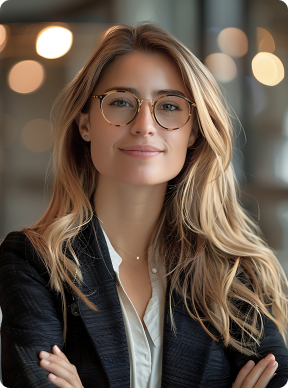
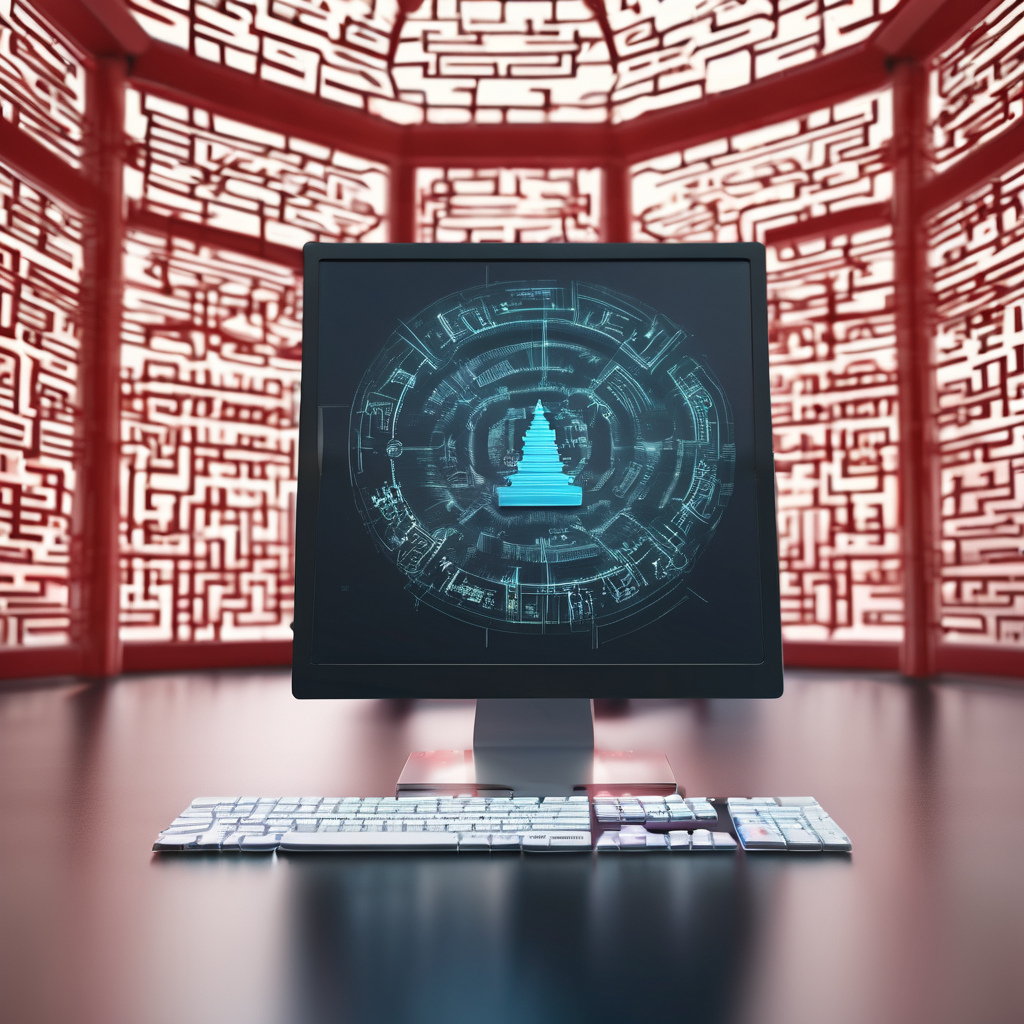
The AI text-to-video field is advancing swiftly, with breakthroughs expanding capabilities.

A recent study by the Interactive Advertising Bureau (IAB) and Talk Shoppe, published on October 28, 2025, highlights the growing impact of artificial intelligence (AI) on consumer shopping behavior.
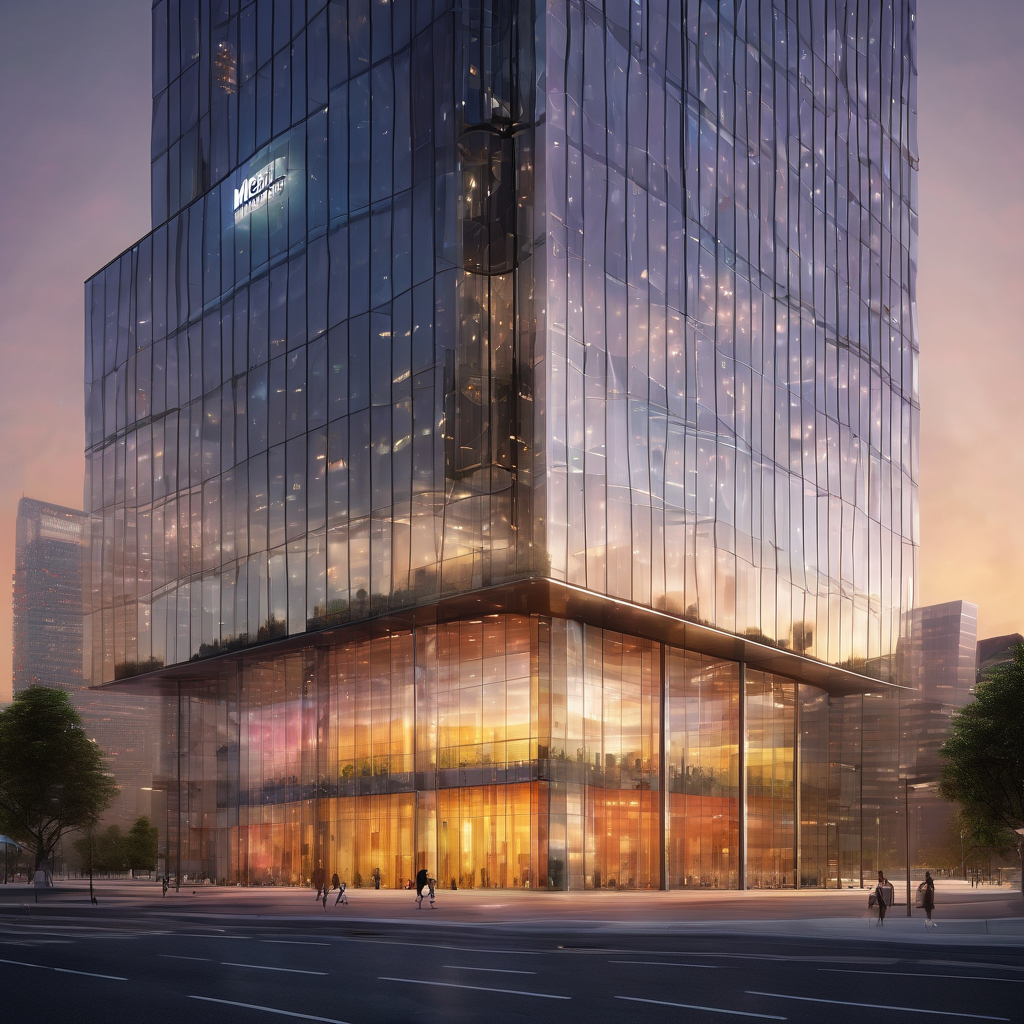
Microsoft Corporation issued its quarterly financial report on Wednesday, providing detailed insights into its recent business performance and strategic investment commitments.
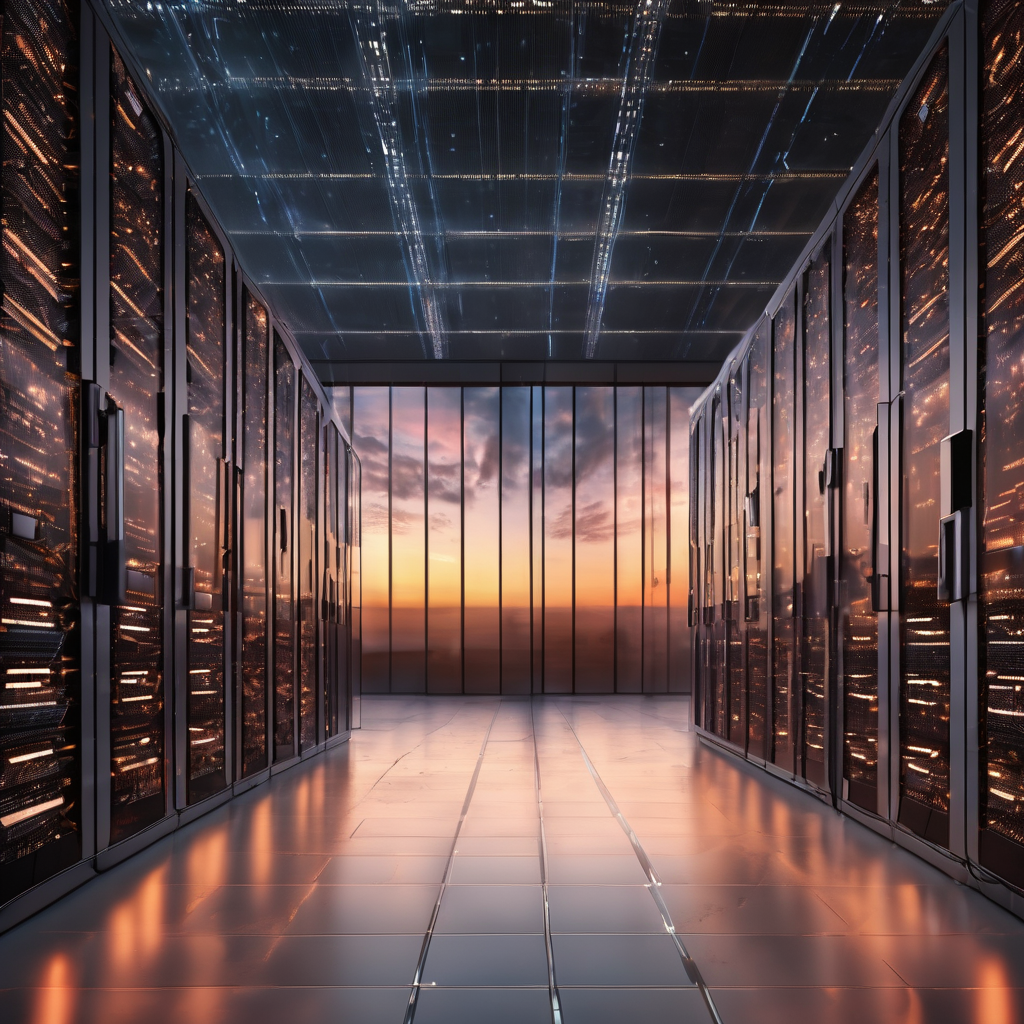
OpenAI has entered into a landmark seven-year agreement valued at $38 billion with Amazon.com to purchase cloud services, marking a major milestone in its efforts to enhance AI capabilities.
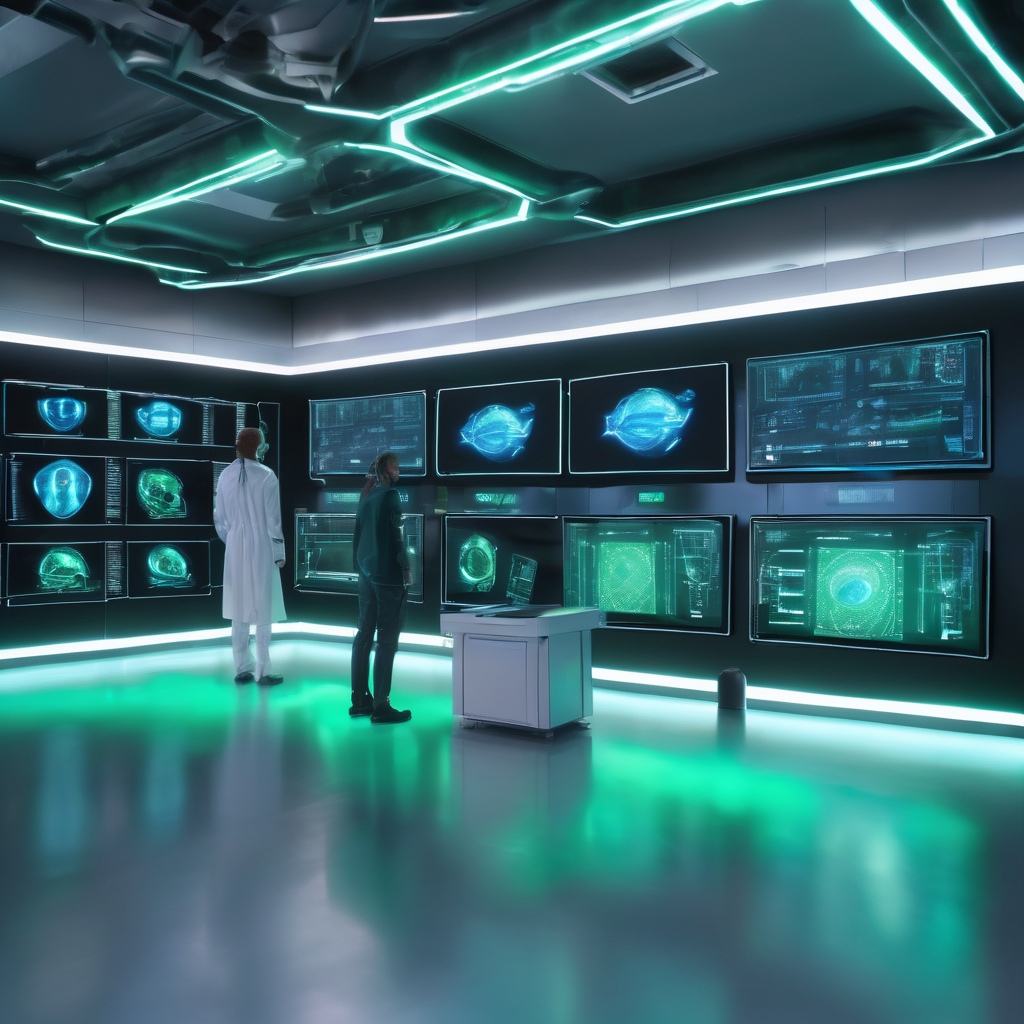
Deepfake technology has seen rapid advancements, enabling the production of highly realistic manipulated videos that are nearly indistinguishable from authentic footage.
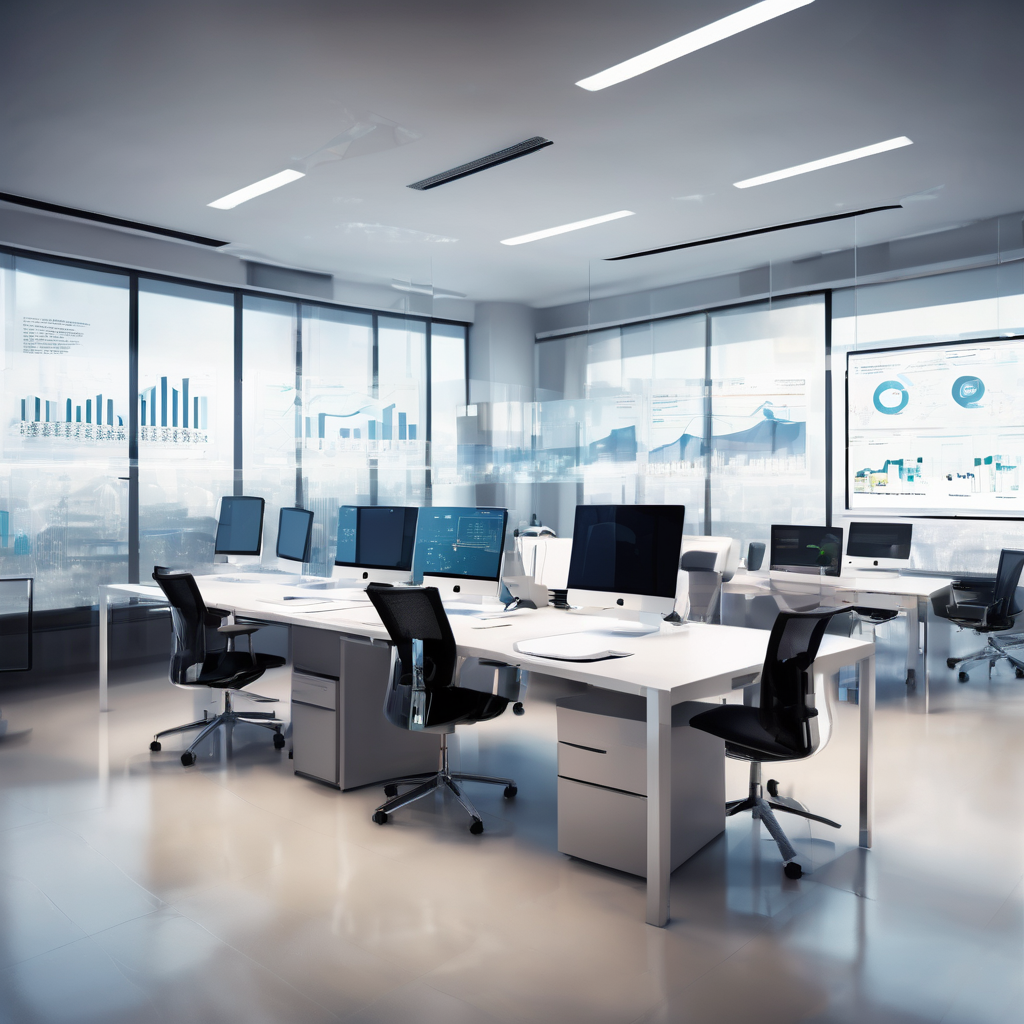
Google’s VP of Product for Google Search, Robby Stein, recently discussed in a podcast how PR activities can aid AI-driven search recommendations and elaborated on how AI search functions, advising content creators on maintaining relevance.

Amazon reported third-quarter net sales of $180.2 billion, marking a 13 percent increase compared to the previous year, driven largely by artificial intelligence initiatives throughout its Seattle-based operations.
Launch your AI-powered team to automate Marketing, Sales & Growth
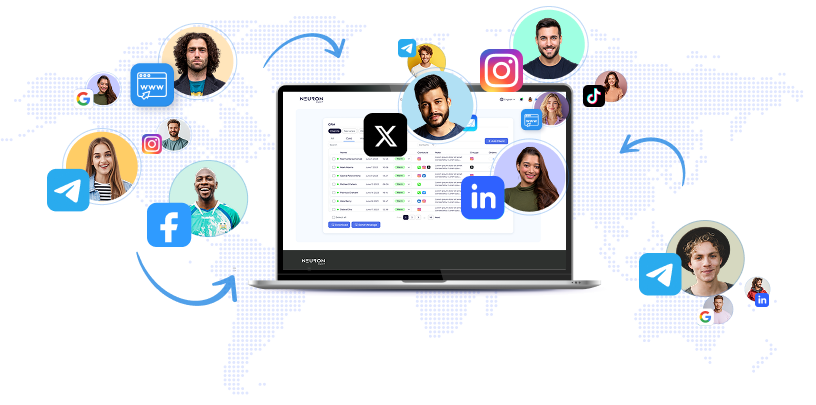
and get clients on autopilot — from social media and search engines. No ads needed
Begin getting your first leads today